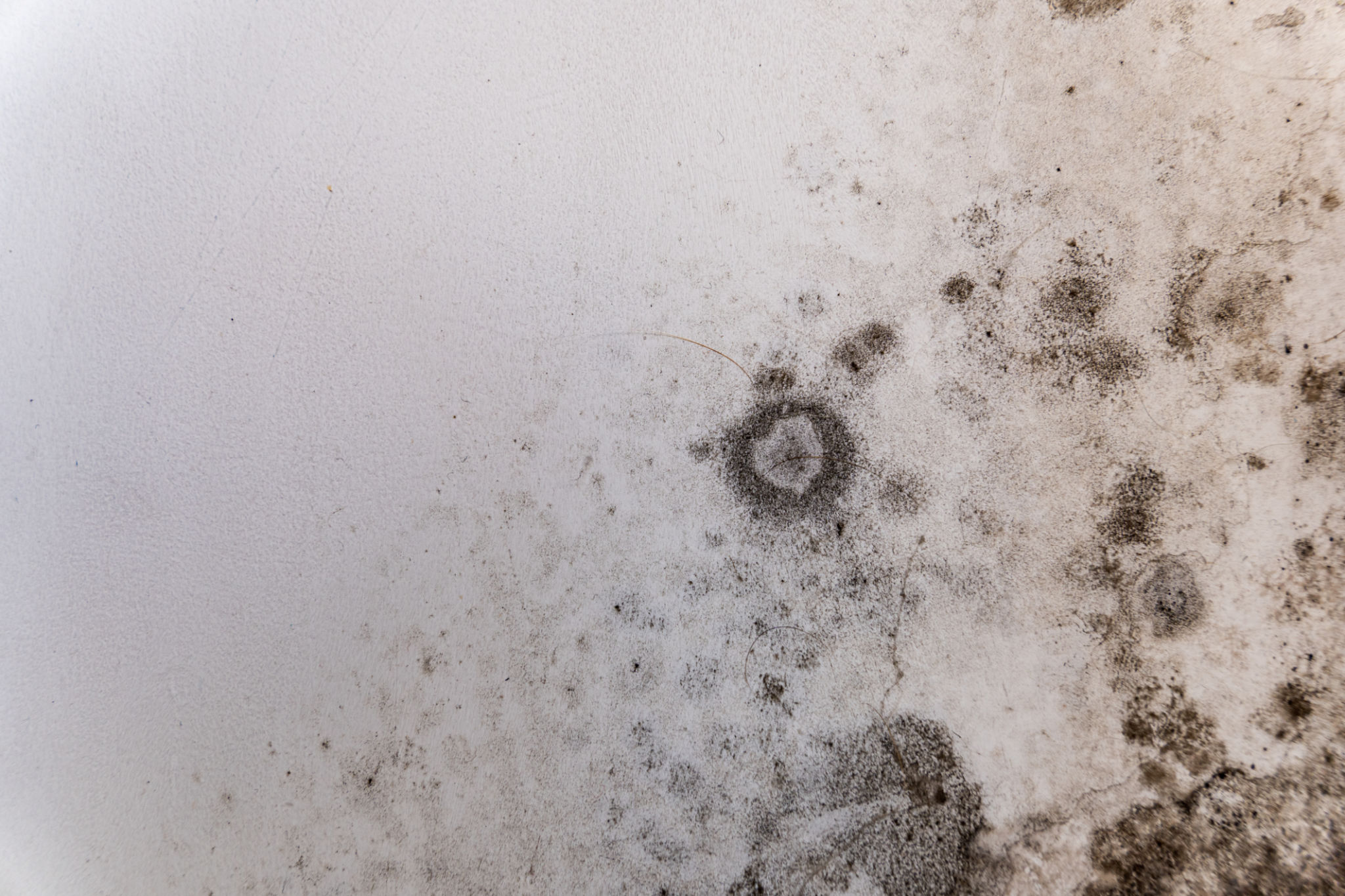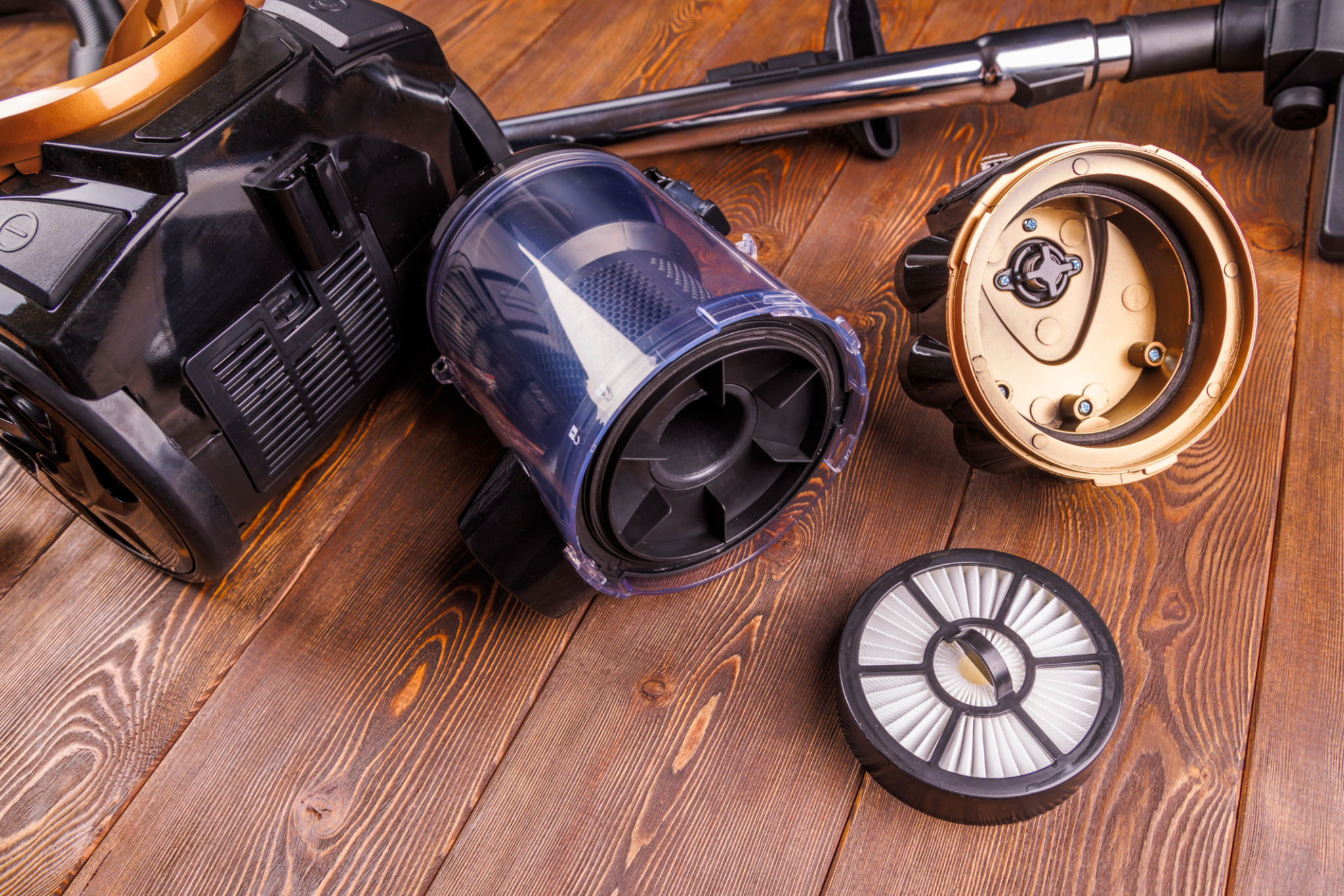Comparing Mold Restoration Techniques: What Works Best in New London County?
Understanding Mold Restoration Techniques
When it comes to tackling mold issues in New London County, effective restoration techniques are crucial for ensuring a safe and healthy environment. Mold can cause significant damage to property and pose health risks, making it essential to address the problem promptly and efficiently. There are several mold restoration techniques available, each with its own advantages and suitability depending on the situation.
In this post, we will explore various mold restoration methods to help you determine what works best for your needs. From traditional methods to modern technological approaches, understanding the options can help you make informed decisions.

Traditional Mold Removal Methods
Cleaning and Disinfecting
One of the most common traditional methods involves cleaning and disinfecting the affected areas. This process typically includes scrubbing surfaces with a mold-specific cleaner or a mixture of water and detergent. Once cleaned, the surfaces are disinfected with a solution containing bleach or other antimicrobial agents to kill any remaining mold spores.
While effective for small-scale mold problems, this method may not be sufficient for larger infestations or for mold growing in hard-to-reach places. It's important to ensure that all traces of mold are removed to prevent recurrence.
Removing Contaminated Materials
In cases where mold has penetrated deeply into materials like drywall, insulation, or carpeting, removing the contaminated materials may be necessary. This technique ensures that all mold is eradicated and prevents further spread. However, it can be labor-intensive and costly, particularly if significant portions of a building need to be replaced.

Advanced Mold Remediation Techniques
Dry Ice Blasting
Dry ice blasting is an advanced technique that uses pressurized carbon dioxide pellets to remove mold from surfaces. The process is non-toxic and non-abrasive, making it suitable for delicate surfaces such as wood and metal. The dry ice pellets sublimate upon impact, leaving no residue behind.
This method is highly effective for large-scale mold infestations and can significantly reduce cleanup time. However, it requires specialized equipment and trained professionals, which may increase costs.
HEPA Vacuuming
HEPA (High-Efficiency Particulate Air) vacuuming is a method used to remove loose mold spores from surfaces. This technique is often used in conjunction with other remediation methods to ensure thorough cleaning. HEPA filters trap tiny particles, preventing them from being released back into the air.

The Future of Mold Restoration
As technology advances, new methods for mold restoration continue to emerge. One promising development is the use of UV-C light technology. This technique uses ultraviolet light to kill mold spores and bacteria on surfaces without the need for chemicals or physical cleaning. It's an efficient and environmentally friendly option for certain applications.
Another innovative approach is the use of ozone treatment. Ozone generators release ozone gas into the affected area, which oxidizes and destroys mold spores. While effective, this method requires careful handling due to potential health risks associated with ozone exposure.
Choosing the Right Method for Your Needs
When deciding on a mold restoration technique in New London County, consider factors such as the extent of the infestation, the type of materials affected, and your budget. It's often beneficial to consult with professional mold remediation experts who can assess the situation and recommend the most appropriate course of action.
By understanding the available techniques and their applications, you can ensure that your mold problem is addressed effectively, safeguarding both your property and health.
